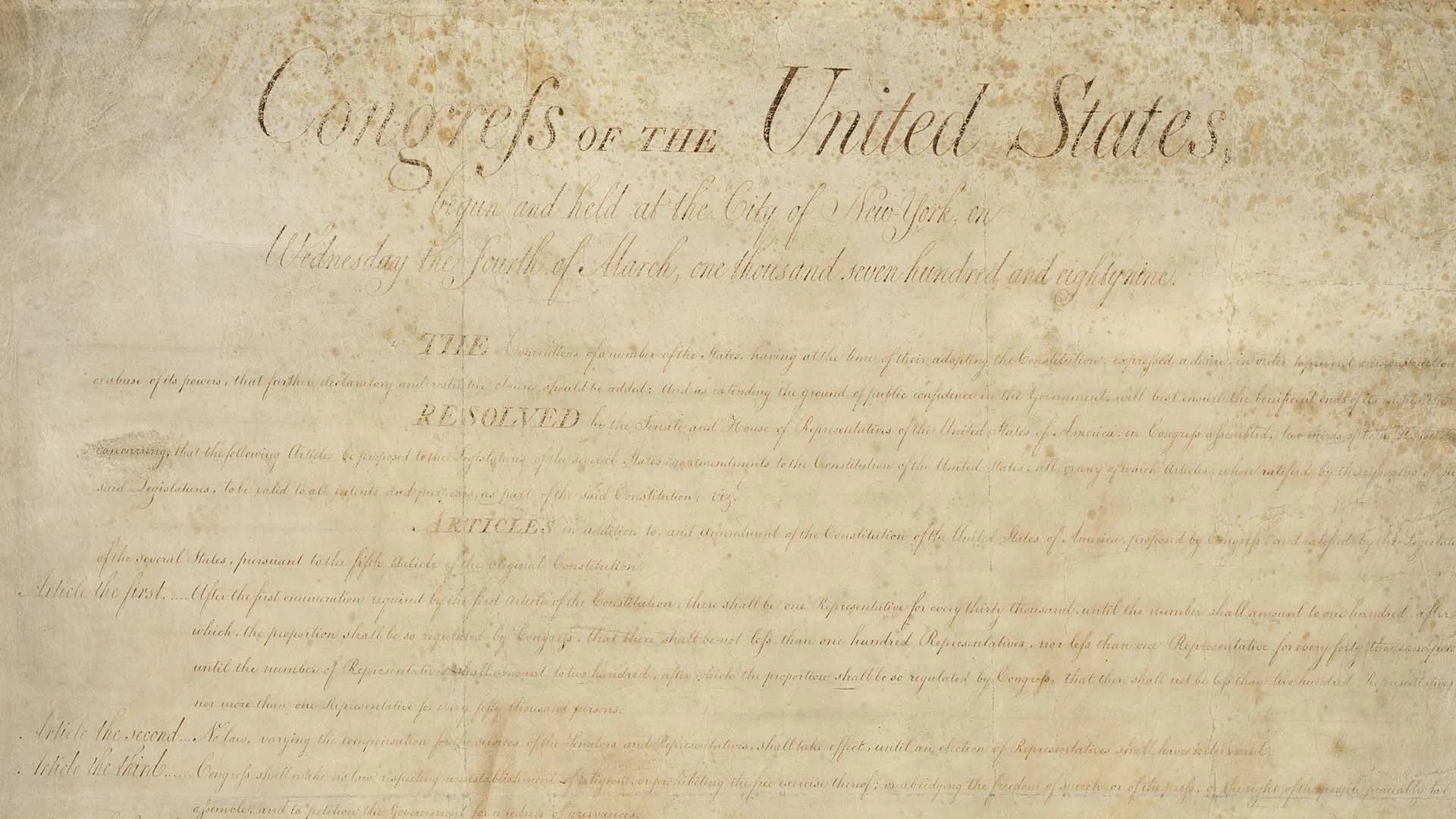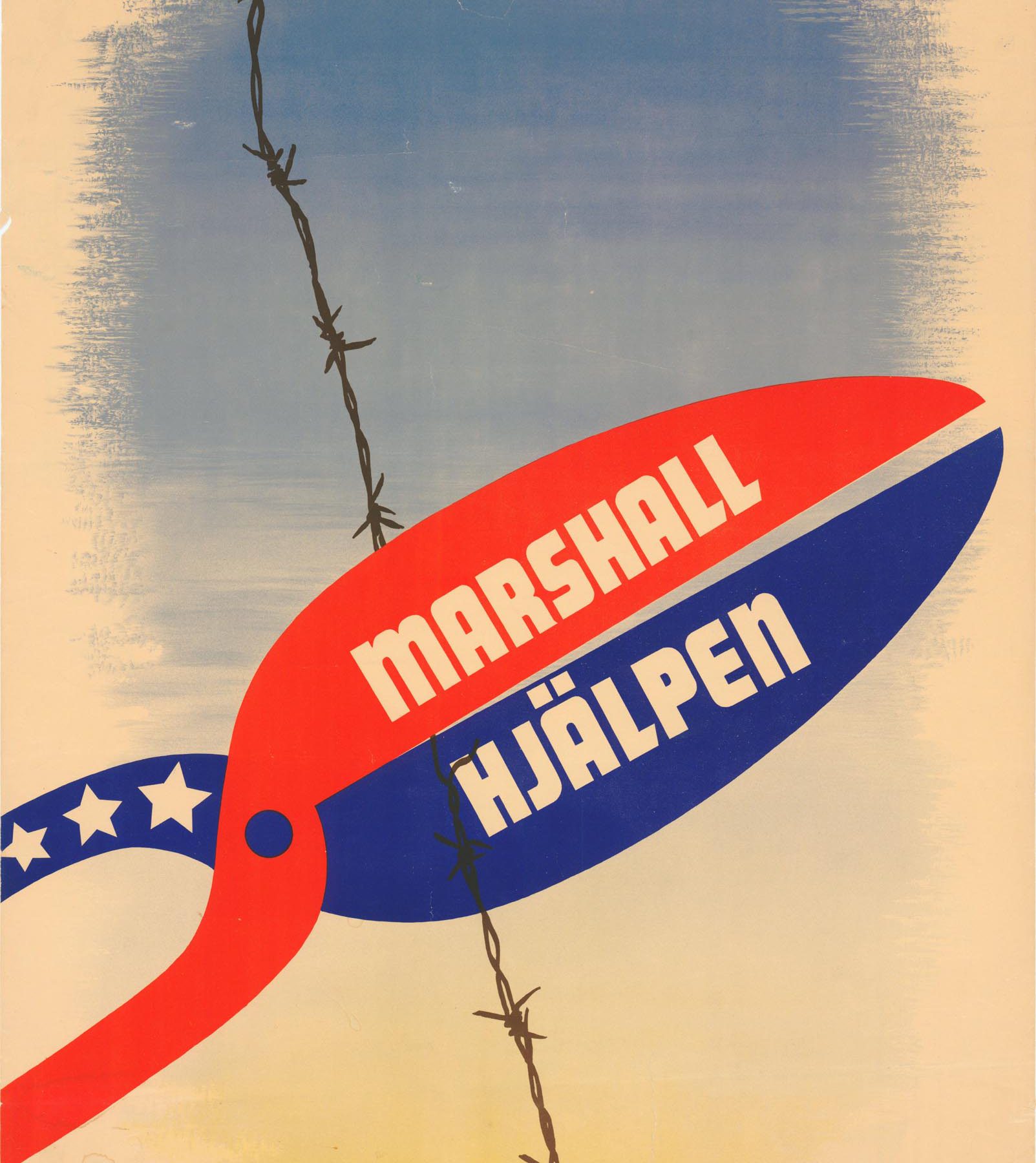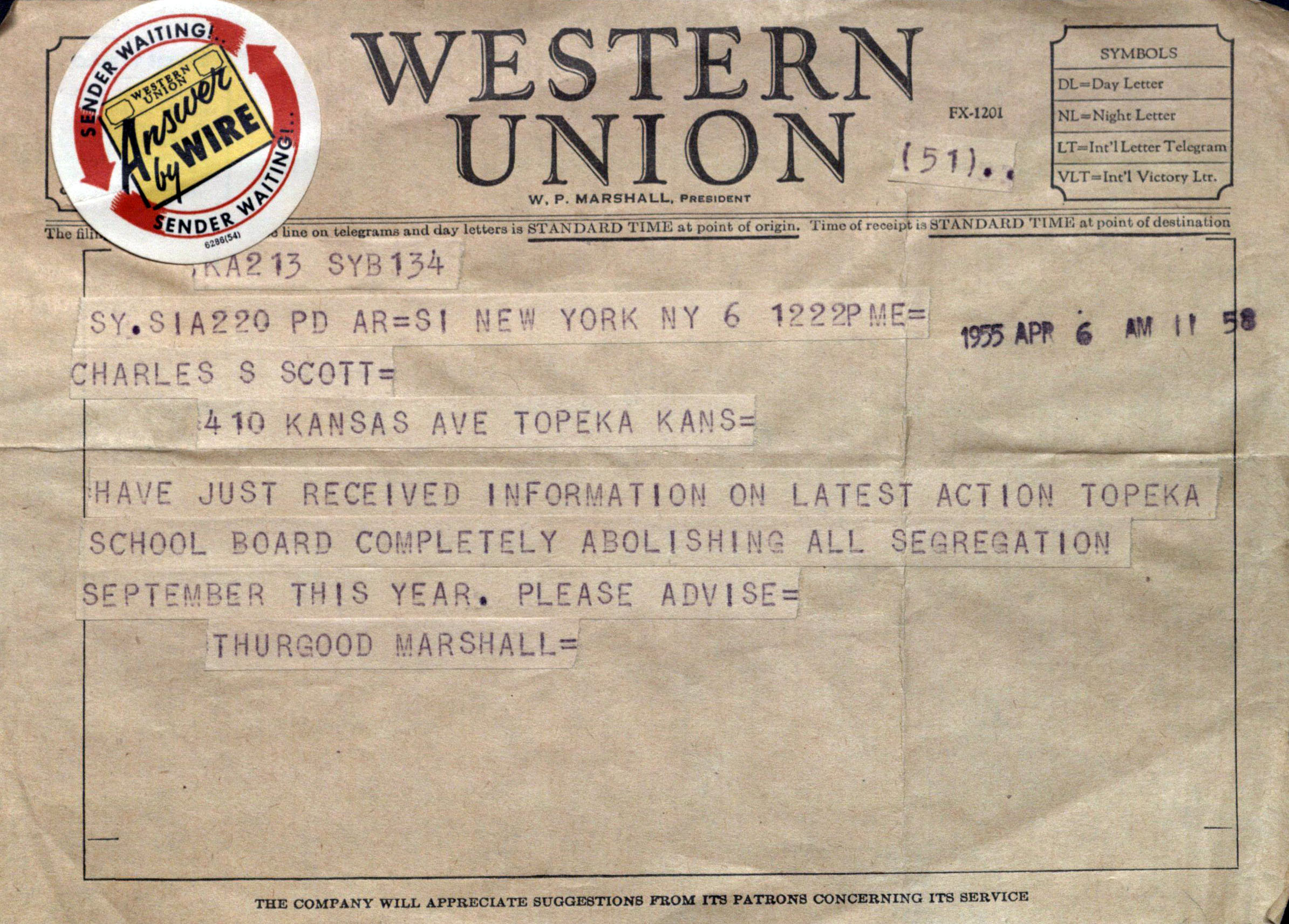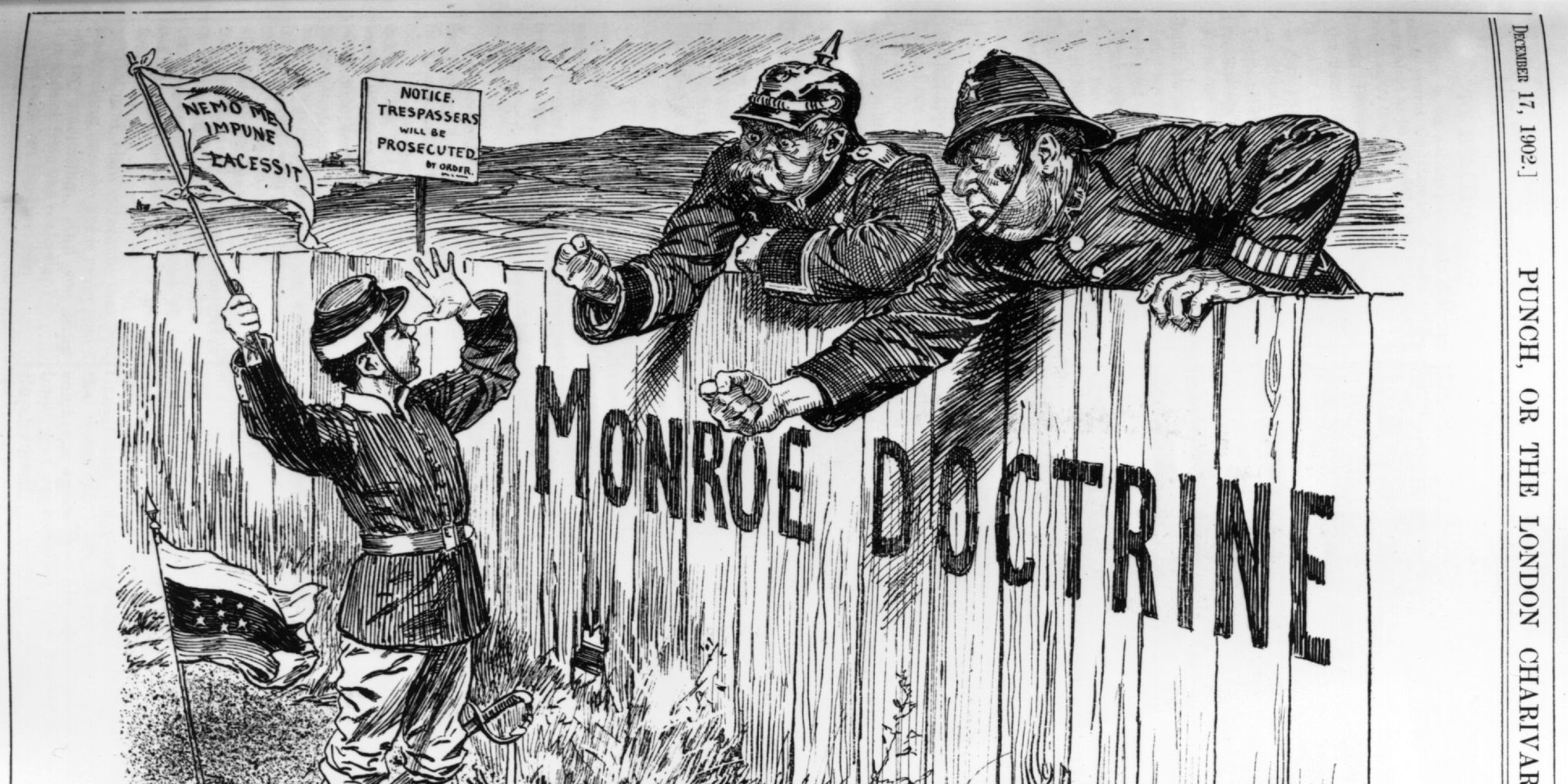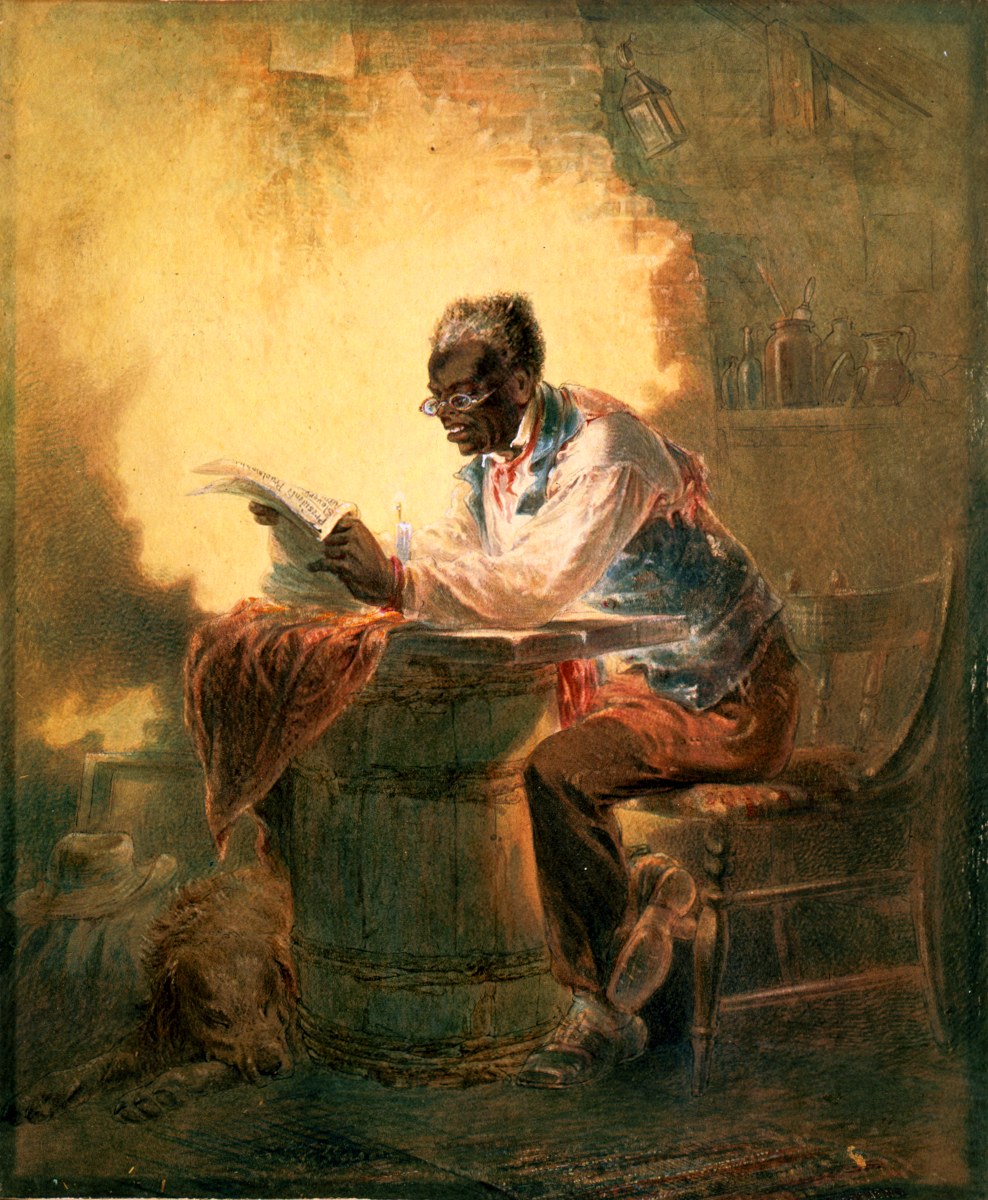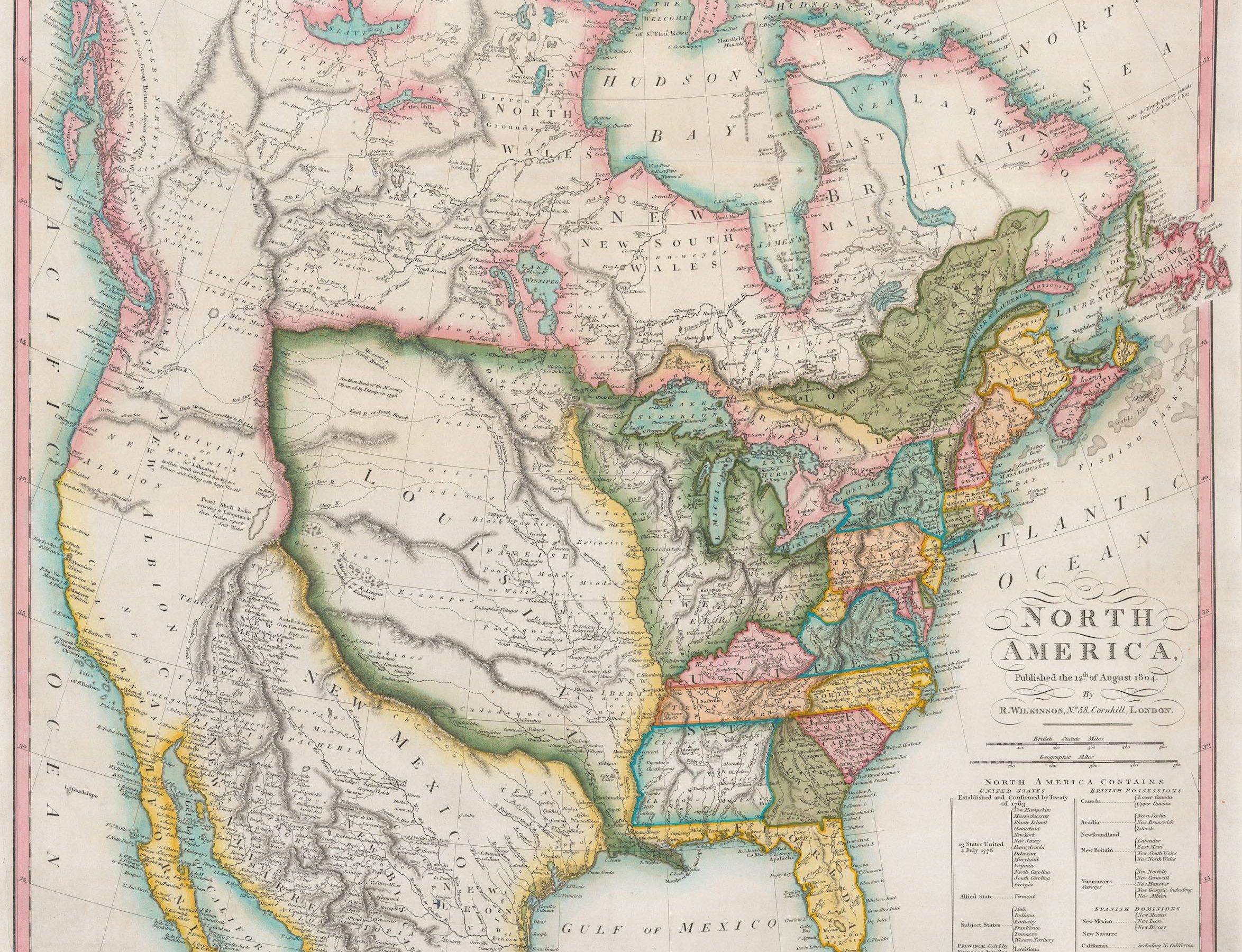Chief Joseph: “I Will Fight No More Forever” 1877

In a profound moment of surrender to the U.S. Army, Chief Joseph of the Nez Perce Indians delivered a moving speech in 1877. The tribe had tried to cross into Canada to escape relocation to a reservation. They journeyed over 1000 miles, battling the army throughout their odyssey. Alas, a mere 40 miles from Canada,
Continue Reading “Chief Joseph: “I Will Fight No More Forever” 1877″

